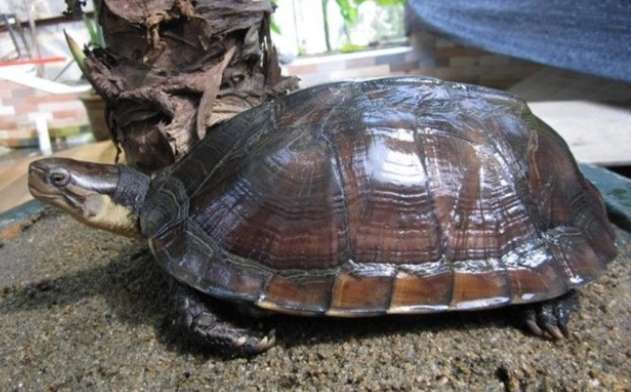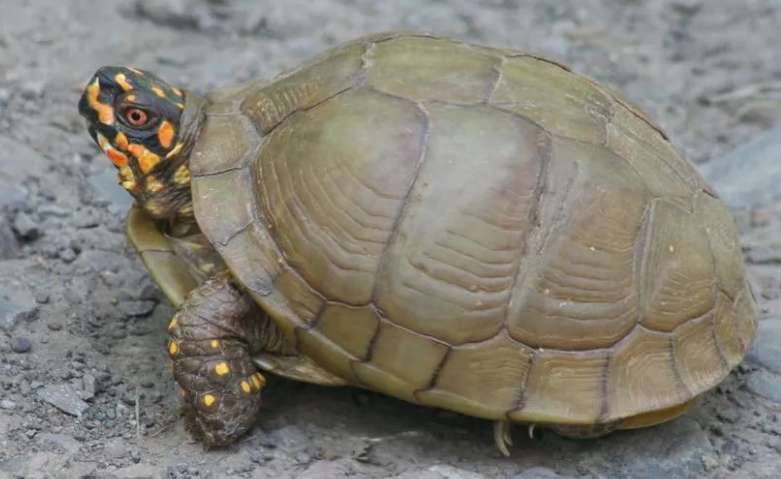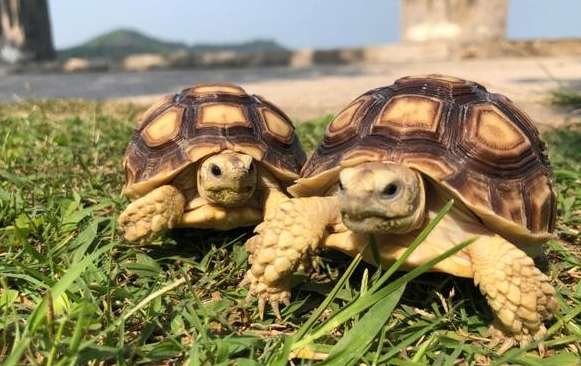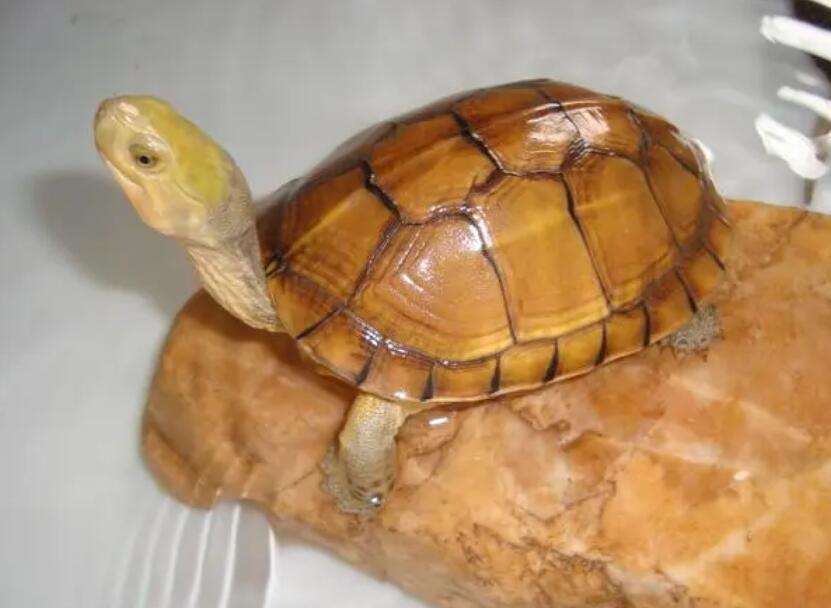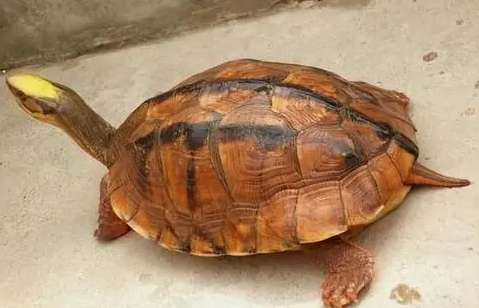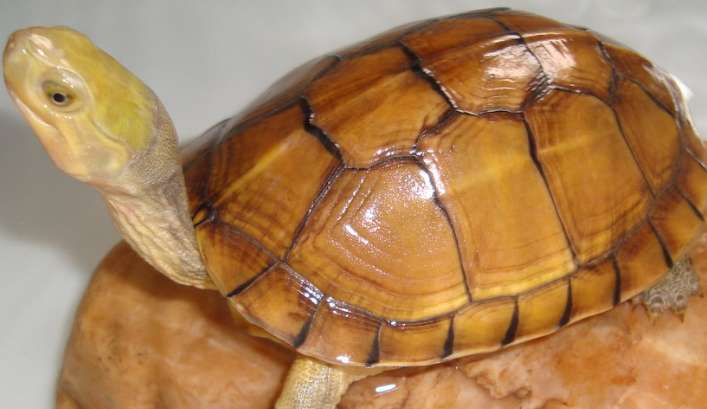Cuoratrifasiata, also known as the money turtle, is a rare animal with rich nutrition and high economic value. The mating and egg-laying conditions will now be observed and reported.
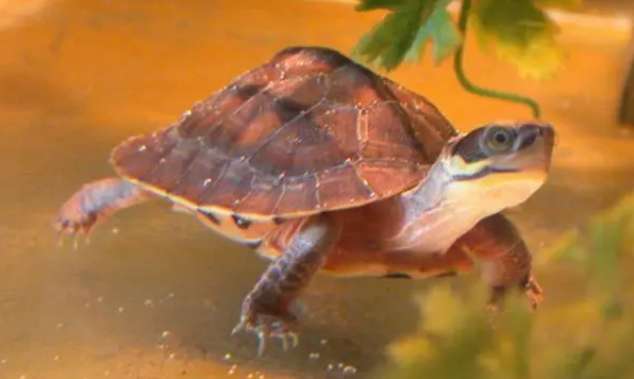
1. Materials and methods< /p>
In 1987, female and male turtles were purchased from Ningming County. At that time, the gonads of the turtles were immature, and they were kept in a pool for observation and research. It was not until the summer of 1993 that the turtles were It was discovered that the sex gradually matures, and there is a phenomenon of males chasing females.
2. Observations and results
2.1. Mating of male and female turtles: end of May 1993 , the temperature is about 25°C. During the day, from 9 am to 10 am or from 5 pm to 6 pm, the male turtle chases the female turtle, climbs onto the female turtle’s carapace, bites the female turtle’s neck skin with his mouth, and hugs her with his limbs. On the back of the female turtle, the female turtle sometimes crawls forward and sometimes stops. This process lasts for about 30 minutes to more than 1 hour. The female turtle gradually slows down or stops crawling. At this time, the male turtle stretches its neck and gradually moves its body towards the carapace. The rear part of the female body moves for mating, and then the male turtle opens its mouth, straightens its limbs, and releases the female body, but the mating spines of the turtle remainon the female turtle. In the cloaca. Finally, the male and female turtles slowly separated.
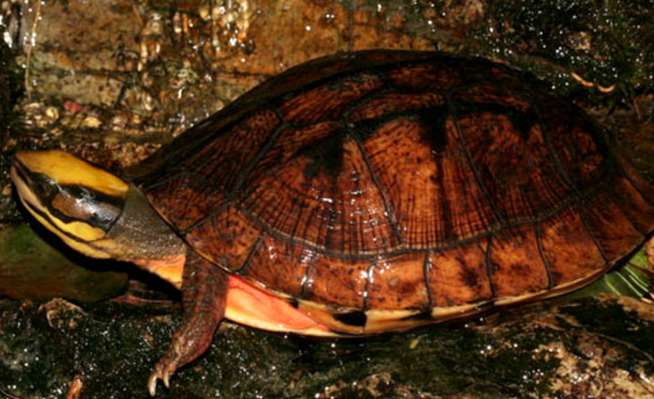
2.2. Egg-laying: Golden turtles laid eggs at 6h30pm on August 16, 1994, with a temperature of 30℃. When the female turtle is about to lay eggs, her movements are slower, her body is fatter, her body color is glossier and rosier than usual, and her carapace scutes are slightly flatter than usual. 3-5 days before laying eggs, it often goes to the sand pool to choose a suitable place to lay eggs, and uses its hind legs to dig loose sand. When it's time to lay eggs, they use their hind limbs to dig into the sand to form a hole. The hole is about locm deep. After digging the hole, they lay eggs in the hole. After laying eggs, they use their hind limbs to dig up the sand and soil to cover the cave, then use their hind limbs and body abdomen to flatten the sand, rest for a while, and then slowly leave the cave. The female turtle laid 5 eggs that day, weighing 20, 30.8, 28, 28.7, 30.2g respectively, with an average of 29.14g. The eggs were oblong and the shells were milky white.
